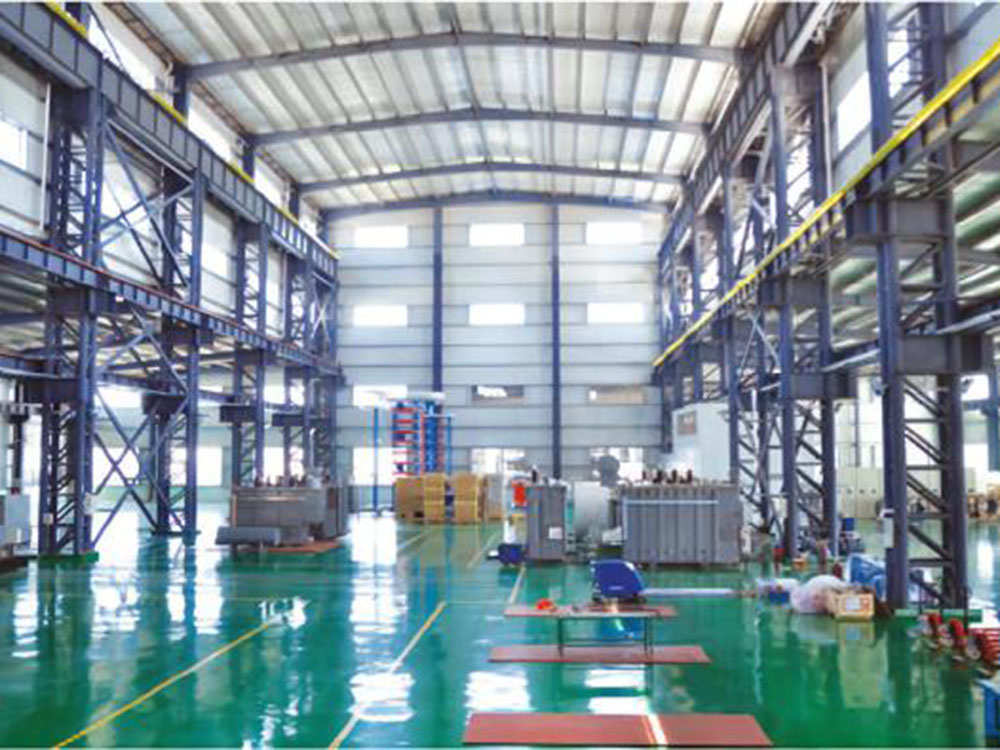
Oil immersed power transformer oil leakage treatment method
Oil immersed transformer oil leakage treatment method
Before dealing with oil seepage, it is necessary to carefully analyze the cause and exact point of leakage. For the existing oil stains, first clean with a flat shovel, steel wire brush, and then clean with xylene, rinse with clean water, and wipe repeatedly with a clean cloth to find the exact location of the leakage point.
The leakage of transformer can be roughly divided into sealing leakage and welding leakage. To deal with the sealing leakage, mainly to improve the sealing quality, such as sleeve, oil label, radiator valve, large cover, load switch and other places containing seals, if the tightening screw is ineffective, you can replace the sealing ring or re-glue the seal; Repair welding can be used to deal with welding leakage. No matter what kind of leaking oil is being treated, the use of thick material method or bundling method should be prohibited.
1. Seals
The bearing area of the sealing rubber should be adapted to the force of the screw, otherwise it is difficult to press tightly; When replacing the oil plug rubber seal ring, the valve and channel at the inlet of the part should be closed, and the negative pressure should be maintained until a large number of oil is replaced. The seal should have good oil resistance and anti-aging properties, good elastic and mechanical properties, and the sealing material should avoid using asbestos coiling and cork packing materials as much as possible.
Parts with poor structure or unreasonable sealing method, such as heat sink and oil purifier connection flange strength is not enough, easy to deform when tightening bolts, so that the flange pressure is not tight gasket, should be reformed or replaced. The crimping plane at the sealing place should be smooth and clean. When placing the rubber pad, apply a layer of adhesive liquid such as polyvinyl chloride, varnish, etc.
Step 2: Welding
When leakage is found in the upper part of the transformer tank, only a small amount of oil can be discharged and welded; When leakage is found in the lower part of the tank, it can be treated with oil welding because the waste of oil discharge from the core is too large and limited by site conditions. The oil repair welding should be carried out in the case of no significant oil leakage, otherwise the vacuum discharge method should be used to cause negative pressure after welding, the vacuum degree of negative pressure should not be too high, it is appropriate to equal internal and external pressure, to avoid inhaling hot metal.
Gas welding with oil repair welding is generally prohibited; Welding selection of thinner electrode such as 422, 425 electrode is appropriate; When repairing welding, the oil stains on the welding parts should be removed, rinsed with alkali water and then wiped dry; During the welding process, pay attention to prevent penetration and fire, and the welding part must be below the oil level; Intermittent and rapid spot welding is used when welding, and the arc time should be controlled within 10s ~ 20s, and long-term continuous welding is not allowed.
When repairing the pores with serious oil leakage, it can be blocked or riveted with iron wire before welding; Cooling and protection measures should be taken when welding near sealing rubber gaskets or other vulnerable parts.
3. Trachoma
The sand hole on the casting can be plugged with Diyou No. 1 leak plugging glue. After plugging, pay attention to reinforcing, and then blow and bake with a hair dryer for 5min ~ 15min until curing.
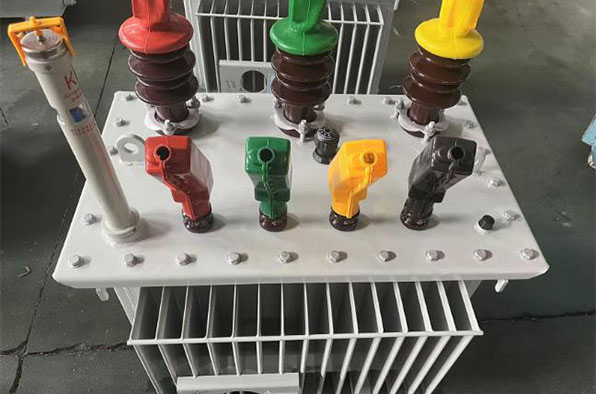
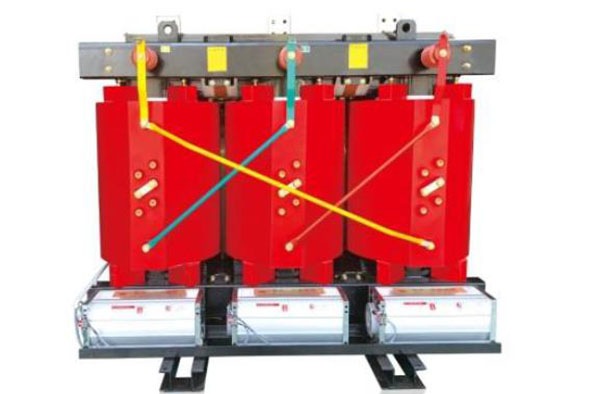
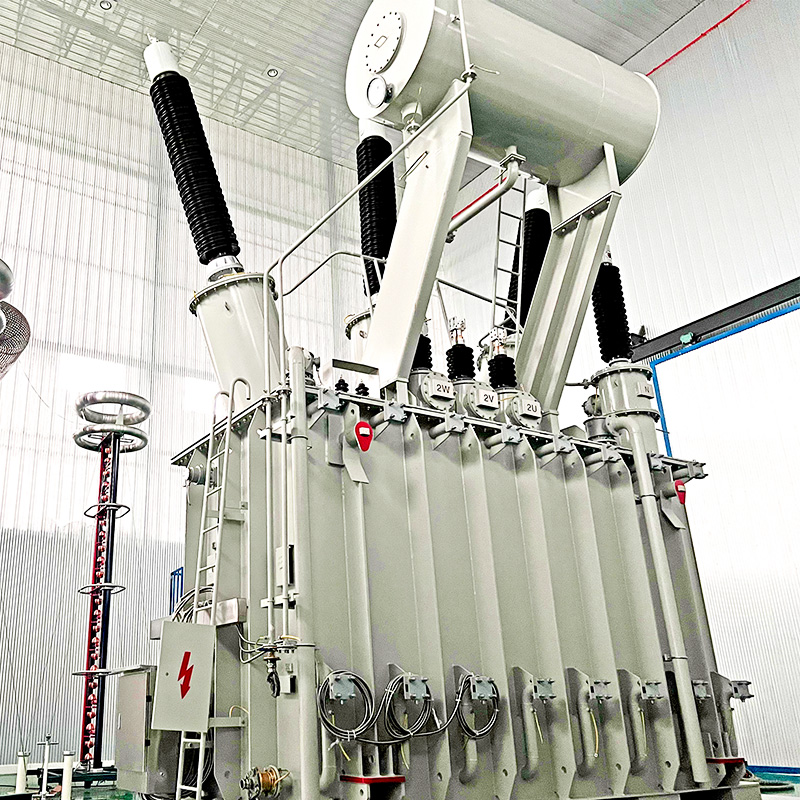
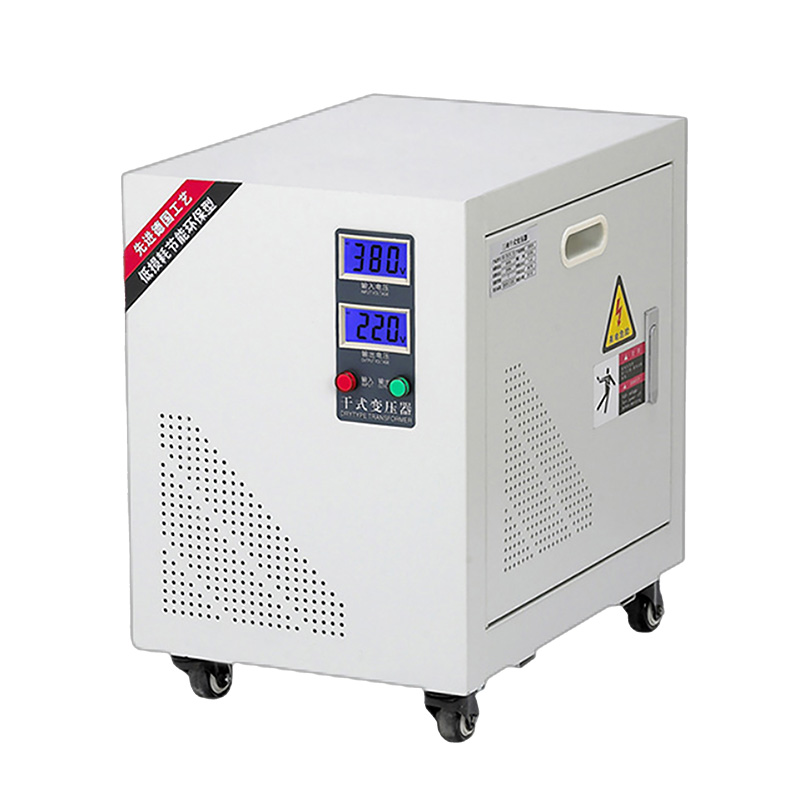
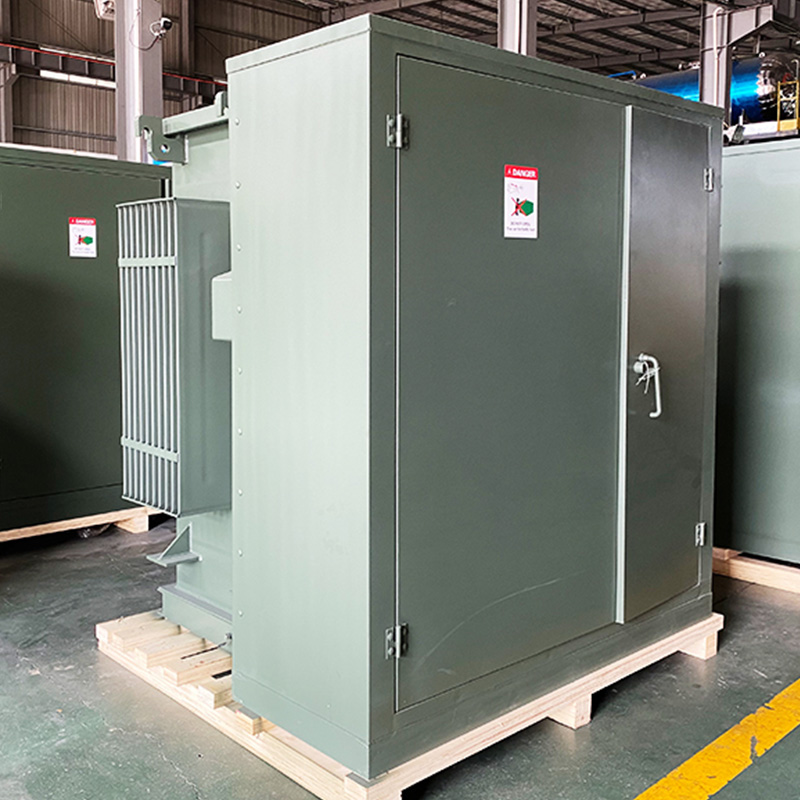
Contact with us